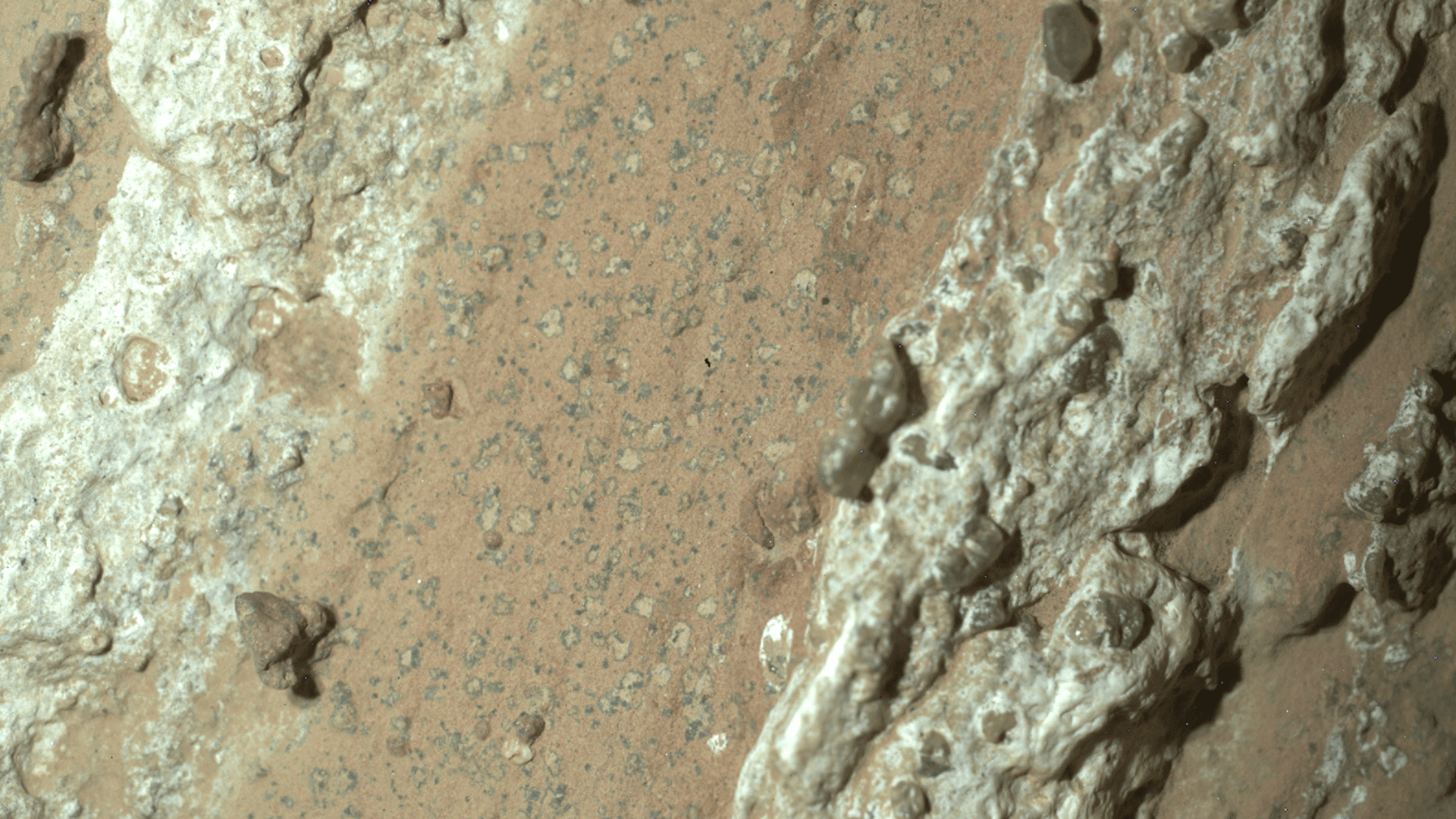NASA’s Perseverance Mars rover collected a sample that may hold evidence of ancient microbial life. This is a significant finding because if it is verified, it would be the most solid evidence of extraterrestrial life.
The sample, Sapphire Canyon, came from a rock called “Cheyava Falls” in Mars’ Jezero Crater. Researchers say it contains potential niosignatures, or substances that could come from living organisms.
“A potential biosignature is a substance or structure that might have a biological origin but requires more data or further study before a conclusion can be reached about the absence or presence of life,” NASA officials explained.
Strongest Sign of Life Yet

There are several reasons why the discovery brings us closer to finding life on Mars.
Previous missions focused on signs of past water and environments that could support life. However, this is the first sample that shows mixed chemical and mineral signs, indicating a biological process.
Acting NASA Administrator Sean Duffy says Perseverance’s discovery “is the closest we have ever come to discovering life on Mars.” Duffy’s conclusion is based on minerals like vivianite (hydrated iron phosphate) and greigite (iron sulfide), often produced by Earth’s microorganisms. According to scientists, the minerals can form without life; however, the high temperatures needed do not appear to apply to the discovered rock. Therefore, researchers consider a biological origin to be a more plausible explanation.
Perseverance revealed that the sedimentary rocks consisted of clay and silt, which are great at preserving microbial life on Earth. In addition, researchers found that the rocks are rich in organic carbon, sulfur, and phosphorus. They also noticed “leopard spots” on the rock’s surface. The spots contained vivianite and greigite.
According to NASA, vivianite appears in sediments and around decaying organic matter on Earth, and some microbes can produce greigite. This combination indicates they formed through an electron transfer reaction process that microbes use to create energy.
Further Implications
Researchers consider the discovery especially significant because the rock samples come from a younger geological layer than samples previously studied. This suggests that Mars could have been habitable longer than scientists thought. However, they’re proceeding cautiously.
Perseverance project scientist Katie Stack Morgan said, “Astrobiological claims, particularly those related to the potential discovery of past extraterrestrial life, require extraordinary evidence.”
NASA shared the data with the broader scientific community for investigation and assessment. Scientists will likely need a sample return mission to bring the rock cores to Earth to confirm a biological origin. The Mars rover collected 27 rock cores, including “Sapphire Canyon,” for this purpose.







